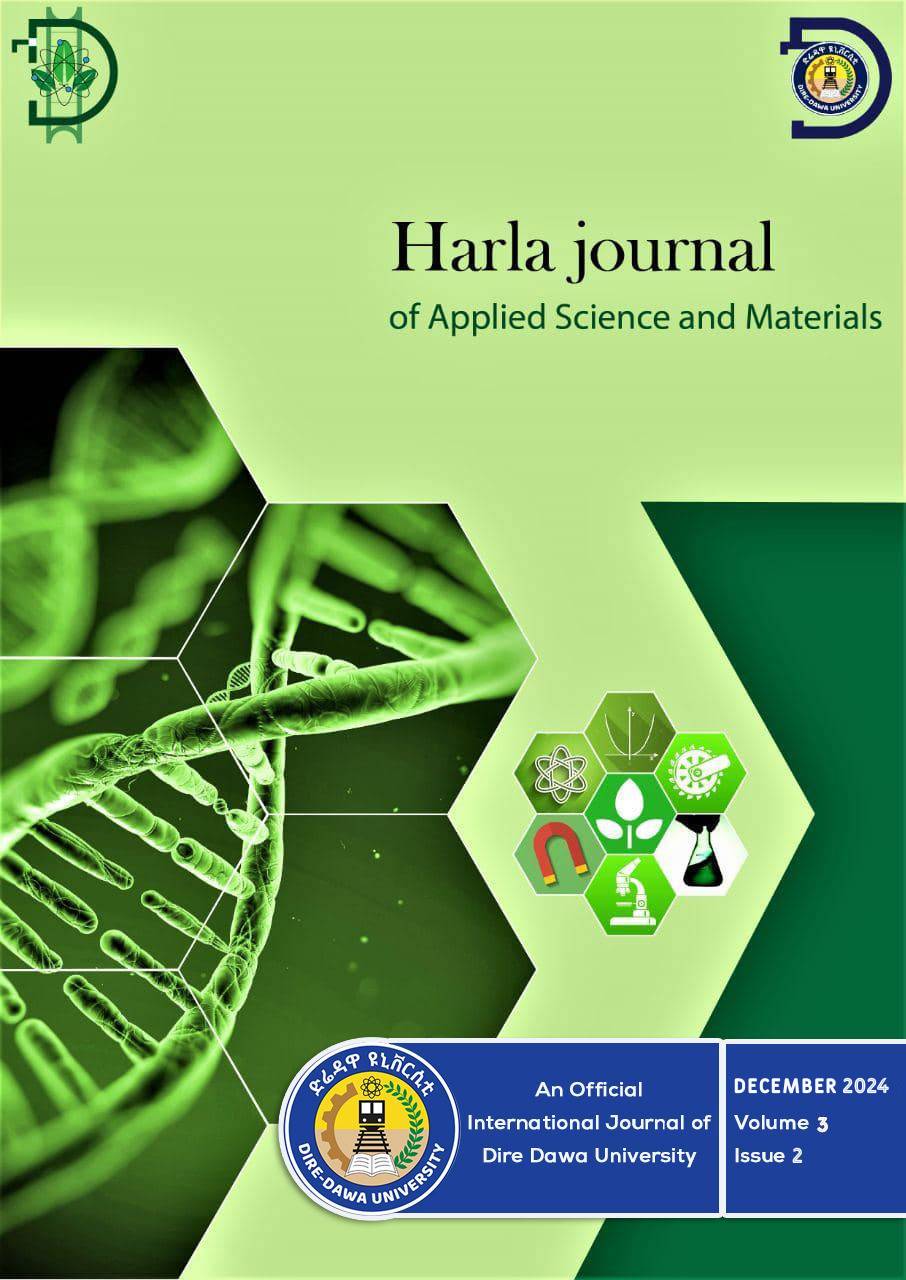Applications of Monte Carlo Methods in Environmental Impact Assessment and Radioactive Waste Management
DOI:
https://doi.org/10.20372/hjasm.v3i2.151Keywords:
Monte Carlo, deterministic, radioactive waste, environmental impact, risk assessmentAbstract
Radioactive waste management and environmental impact assessments (EIA) require robust modeling to predict radionuclide transport and radiation doses, ensuring public and worker safety. Monte Carlo and deterministic methods offer complementary approaches, but their performance and limitations in waste management and EIA need comparative analysis to optimize safety protocols.This study compares Monte Carlo and deterministic methods to highlight their performance, advantages, and challenges in modeling radionuclide transport and dose assessment for EIA and radioactive waste management, drawing on Kalos & Whitlock (2008).
Methods: A Python simulation was used to model radionuclide movement, applying the advection-dispersion equation (ADE) deterministically and Monte Carlo methods stochastically. The deterministic approach solved the ADE over a 100-meter domain for 50 days, while Monte Carlo simulated 1,000 runs with stochastic parameters (e.g., source activity, distance, shielding). Visualizations (contour maps, histograms) and statistical metrics (mean, standard deviation, exceedance probabilities) compared outcomes, referencing regulatory limits (20 mSv/year for worker, one mSv/year for the public).
Findings: Deterministic results showed a mean concentration of 0.0471, a maximum of 0.9798, and a 100.00-day barrier reach. Monte Carlo yielded a mean dose of 0.022822 Sv, a standard deviation of 0.143987 Sv, 18.60% worker exceedance, and 81.60% public exceedance, revealing higher uncertainty but capturing rare events.
Conclusion: Monte Carlo excels in uncertainty quantification, while deterministic methods provide precise baselines, necessitating hybrid approaches for comprehensive risk assessment. Recommendation: Integrate Monte Carlo and deterministic models, refine parameters (e.g., lower activity, longer distances), and validate with field data to align with safety standards.
Downloads
Published
How to Cite
Issue
Section
License
Copyright (c) 2024 Harla Journals and Author(s)

This work is licensed under a Creative Commons Attribution-NonCommercial 4.0 International License.






